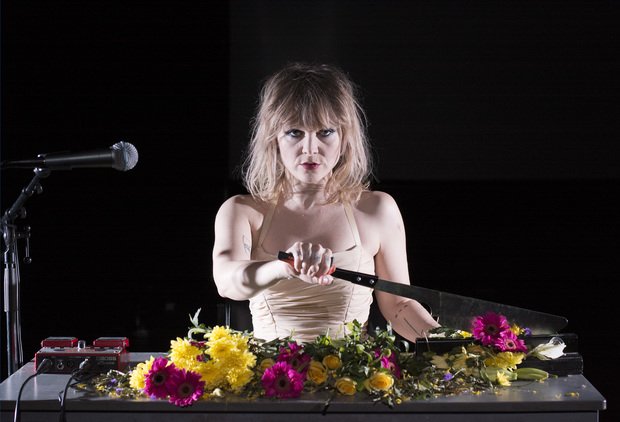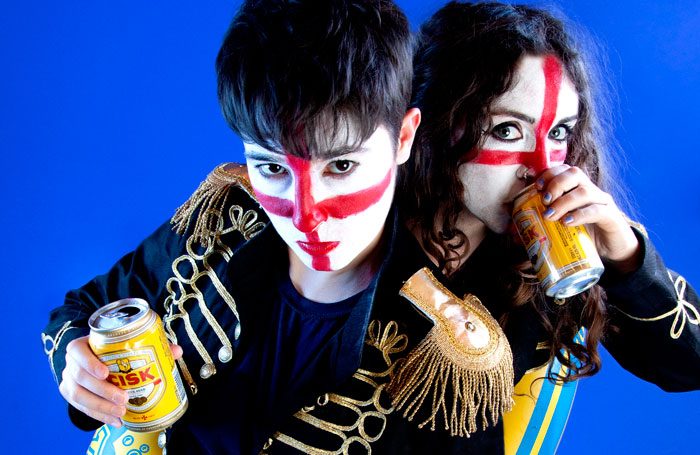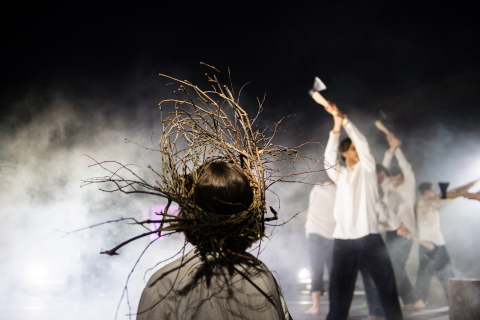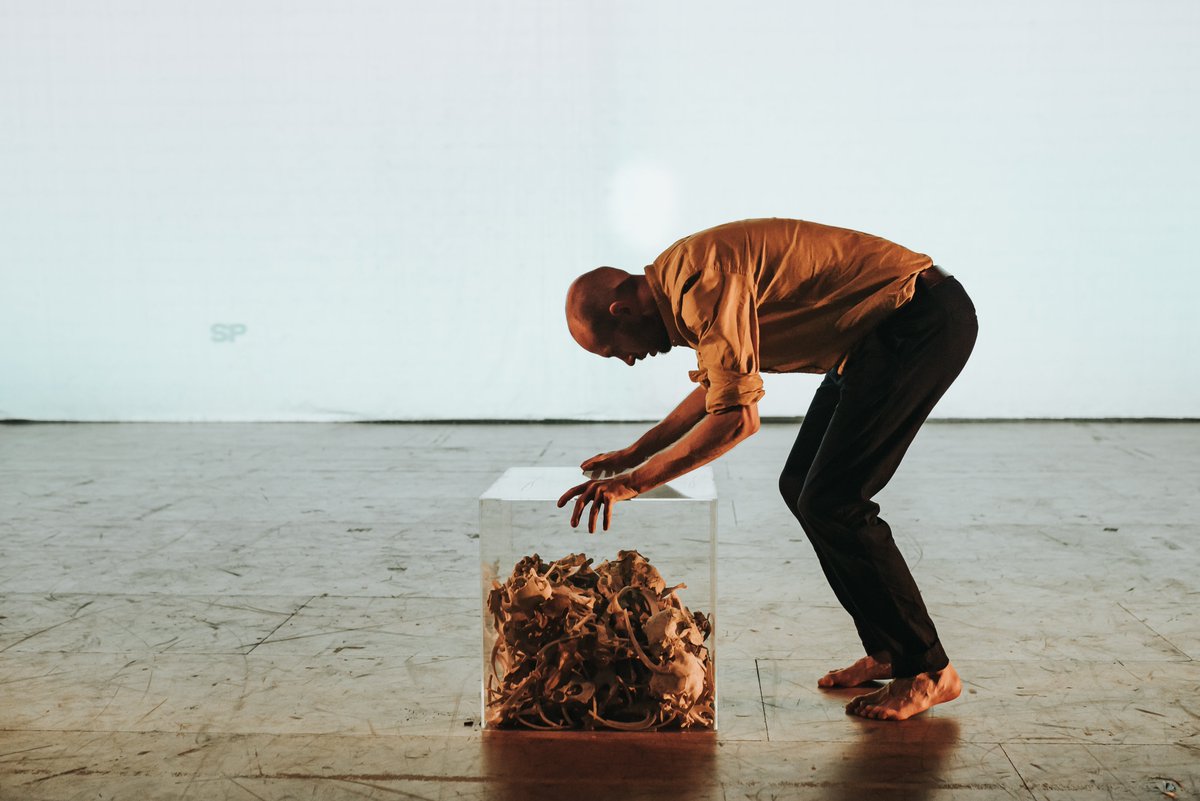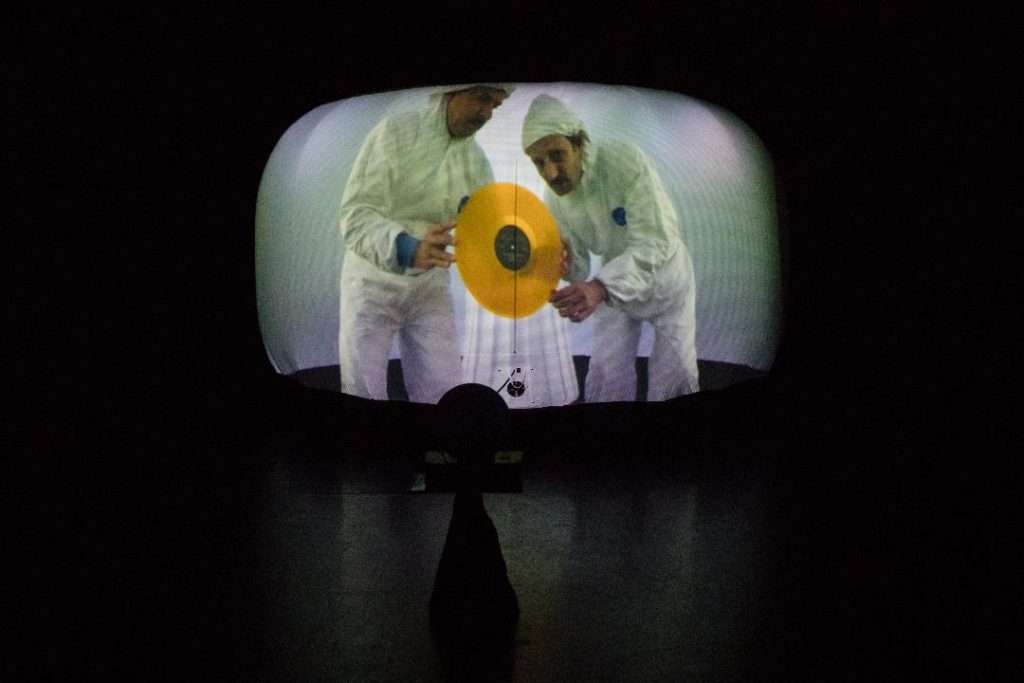Total Theatre Network are delighted to announce today the shortlist for the Total Theatre Awards 2019. From the list announced today, a total of seven awards will be awarded across five categories: “Physical & Visual Theatre”; “Innovation, Experimentation & Playing with Form”; “Emerging”; “Circus”; and “Dance” at a ceremony to be held on 23rd August.
Following a shortlisting meeting on 14 August, a total of 27 productions from 8 countries have been selected as the 2019 Shortlist for the Awards across the five categories outlined above.
The Total Theatre Awards are a peer-to-peer assessment process of dialogue and debate to recognise excellence and artists pushing the boundaries of independent performance. In order to produce this shortlist, a total of 403 eligible shows have been assessed over the first 11 days of the Edinburgh Festival Fringe. These shows have been viewed between two and four times by a curated panel of 26 peer assessors, comprising artists, producers, programmers, curators, critics and academics, alongside a number of senior industry supporters and advisors. Meeting every two days, the Total Theatre Awards Producing and Assessment team have engaged in 36 hours of collective discussion of all eligible productions in depth, across specialism and across discipline.
Following the shortlisting process, the selected shows will now move to a judging panel where shows are seen by leading arts industry figures including critics, academics, artists and programmers. Seven awards will be given across five categories and the judging panel will announce their decisions at an awards ceremony on Friday 23 August. The judges for the Total Theatre Awards reserve the right to award further productions that open at the festival after the shortlisting has taken place.
The full shortlist for the 2019 Total Theatre Awards is below:
Shows by an Emerging Company / Artist
This Award is supported by Theatre Deli
Burgerz by Travis Alabanza
Hackney Showroom (England)
Traverse
Life is No Laughing Matter
Demi Nandhra (England)
Summerhall
Sex Education
Harry Clayton-Wright (England)
Summerhall
STYX
Second Body (England)
Zoo
YUCK Circus
Underbelly and YUCK Circus (Australia)
Underbelly
Total Theatre & Jacksons Lane Award for Circus
Contra
Laura Murphy (England)
Summerhall
Jelly or Jam
Ampersand (Australia)
Underbelly
Knot
Nikki & JD / Jacksons Lane (England)
Assembly
Raven
Chamaleon Productions in association with Aurora Nova (Germany)
Assembly
Super Sunday
Underbelly and Race Horse Company (Finland)
Underbelly
Staged
Circumference (England)
Zoo
Total Theatre & The Place Award for Dance
Ensemble
Robbie Synge and Lucy Boyes (Scotland)
Dance Base
For now we see through a mirror, darkly
Ultimate Dancer (Scotland)
Greenside
Seeking Unicorns
Chiara Bersani / Associazione Culturale Corpoceleste (Italy)
Dance Base
Six Feet, Three Shoes
Slanjayvah Danza (Scotland)
Dance Base
Steve Reich Project
Isabella Soupart / MP4 Quartet (Belgium)
Dance Base
Total Theatre & Theatre in Mill Award for Innovation, Experimentation & Playing with Form
&
Total Theatre & Rose Bruford College Award for Innovation, Experimentation & Playing with Form
Are we not drawn onward to new erA – Ontroerend Goed
Theatre Royal Plymouth, Vooruit, Richard Jordan Productions, BiB with Zoo
Zoo (Belgium)
Below the Blanket
Cryptic (Scotland)
Royal Botanic Garden Edinburgh
Frankenstein: How to Make a Monster
Battersea Arts Centre and BAC Beatbox Academy (England)
Traverse
Louder Is Not Always Clearer
Mr and Mrs Clark featuring Jonny Costen (Wales)
Summerhall
Nightclubbing
Rachael Young
Summerhall
The Canary and the Crow
Daniel Ward and Middle Child (England)
ROUNDABOUT@ Summerhall
The Accident Did Not Take Place
YESYESNONO (England)
Pleasance
Tricky Second Album
In Bed with My Brother (England)
Pleasance
Total Theatre & Cambridge Junction Award for Physical / Visual Theatre
Die! Die! Die! Old People Die!
Ridiculusmus (England)
Summerhall
Limb(e)s
Ci Co (Canada)
Assembly
Working On My Night Moves
Julia Croft and Nisha Madhan with Zanetti Productions (New Zealand)
Summerhall
Featured image (top) FK Alexander, previous Total Theatre Award winner, and an assessor at the Awards 2019.
Please note Total Theatre Awards and Total Theatre Network operate independently to Total Theatre Magazine. See https://www.totaltheatrenetwork.org/
Jo Crowley, Co-Director: +44 (0)7843 274 684 / crowley.jo@gmail.com
Becki Haines, Co-Director: +44 (0)7732 818401/ haines.becki@gmail.com
Total Theatre Awards: totaltheatrewards@gmail.com

